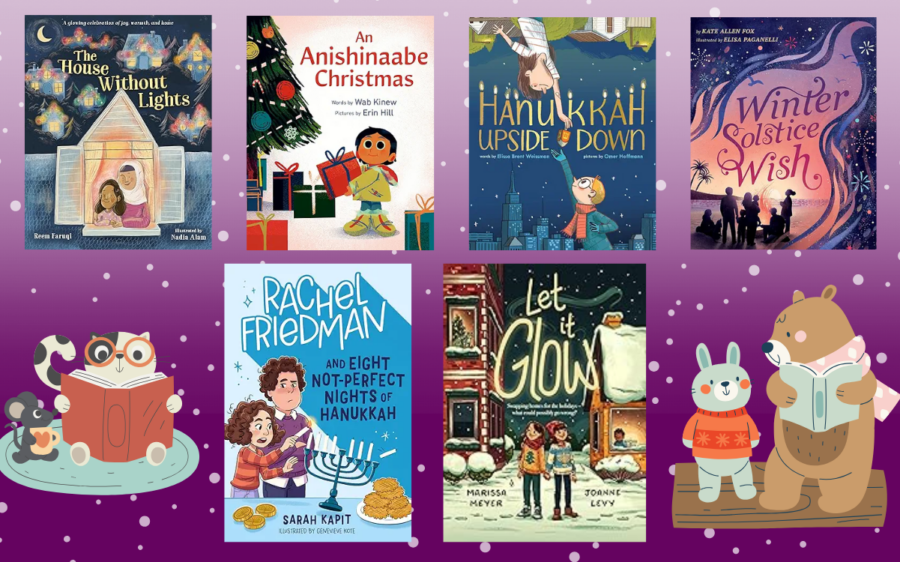Fostering a love for reading and writing in students is one of the most rewarding goals a literacy teacher can achieve. Now, more than ever, it is important to help your students discover the joy of storytelling, the power of self-expression through writing, and the magic of words. Below you will find practical and creative ideas to inspire students not only to improve their literacy skills but to develop a genuine love for reading and writing. The tips below will help make the classroom a vibrant place where reading and writing come alive.
Get to Know Your Students as Individuals
Understanding your students’ individual reading and writing interests is crucial.
- Student Favorites: You can start by conducting informal reading and writing inventories to gauge your students’ current preferences. This could be through one-on-one interviews or simple surveys asking about their favorite books, genres, and writing topics.
- Value Student Interest: Incorporate ways for students to showcase their interests. For example, in reading, let them share their favorite books or authors with the class. In writing, teach students to write about topics they’re passionate about, which can provide insights into their personal experiences and preferences. This approach makes students feel valued and understood.
- Share Your Favorites: Your enthusiasm and passion for literacy can greatly influence your students. When students see that their teachers enjoy the act of reading and writing, they will see how fulfilling it can be. Discuss your favorite books and authors and share personal stories about your reading journey. Share your writing – current and past. When I was in fourth grade, my teacher periodically showed us her planning pages and drafts with revisions she was working on as a graduate student. She was proud of the work she was doing and showed us that even as an adult she used the same process for writing that she was teaching us to use. Children can often think that writing is magical – something that someone just knows how to do. By sharing your writing, you can show students that the writing process is used by all writers and writing may be challenging at times but ultimately rewarding.
Create Joyful Literacy Experiences
Your classroom can be a place where students have joyful literacy experiences that ignite a love for reading and writing.
- Choice: Students need to make some real choices for themselves. In the literacy classroom, children need the opportunity to choose what they will read and write. Think about the choices students have in your classroom. Are the majority of students’ reading and writing experiences decided for them or assigned? Do they have opportunities to develop their tastes in reading and writing? Consider how it feels if most of what you read and write was decided for you. Would you find it enjoyable?
- Book Recommendations:I don’t know if you have discovered the joys of BookTok or book bloggers on YouTube, but I have. It has reenergized my reading life! I have a “To Be Read” (TBR) cart and an active Goodreads account where I can share my thoughts and reactions to books I am reading. I look forward to hearing what other people are saying about books, and I enjoy knowing what my friends are reading. I can then determine if that sounds like a good fit for me. I decide for myself what may be worth my time reading. Being a part of this reading community, I have learned more about myself – especially what types of books I like to read and why.
You can help create this rich culture of reading, talking, and writing about texts by teaching children how to give “Book Talks” or write book recommendations for their peers. You can also teach children to keep a list of books they would like to read based on recommendations. So, when it is time for your students to select a new book, they will move into it with a sense of excitement and joy!
- Writer’s Notebook: The writer’s notebook is a place of freedom and joy for a writer. This is a safe place for writers to be creative and vulnerable. Students are free to take risks and write about things they know and love. Students can sketch and write, or tape pictures and special artifacts and write. A writer’s notebook is a place for students to write about anything meaningful to them. Keep writer’s notebook entries fresh by allowing time for students to showcase an entry to the class. My colleague, Linda Murphy, used a writer’s notebook gallery walk where students selected an entry and laid their notebook open on their desk. Students walked around the room and read their classmates’ chosen entry. Reading one another’s entries may inspire students to write more in their writer’s notebooks.
- Share: Prioritize sharing in your literacy classroom. There are many ways for students to share their thinking. Students can share their authentic thoughts about the books you are reading to them and books they are reading independently. Students can also share their opinions and reactions with their peers. Students can share their writing with an audience to receive feedback, to get validation, and to experience the true purpose of writing – to share a message that is meaningful to them!Ask yourself: Do students regularly share their thoughts during read alouds, minilessons, and at the end of independent reading and writing? Scheduling time for share can help foster a love for reading and writing.
Ignite a Life-Long Love for Reading and Writing
As a literacy teacher, you have the exciting opportunity to ignite a lifelong love of reading and writing in your students. Embrace the challenges and joys of teaching literacy and remember that your dedication and enthusiasm will make a lasting impact on your students’ lives. Happy teaching!
If you are a new teacher and want to learn more about practical ways to teach literacy effectively and thrive in the beginning years of your career, join my colleague, Heather Rodman, and I for the New Teacher Academy on October 2nd where you will experience four full days of professional learning and participate in monthly, hour-long problem-solving sessions to provide you with ongoing, just-in-time support you need to address the daily instructional and logistical challenges you face. Click here to find out more.





